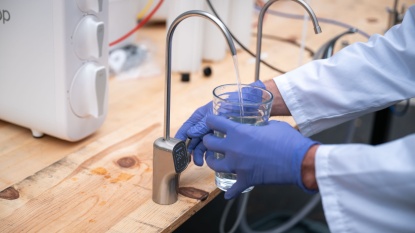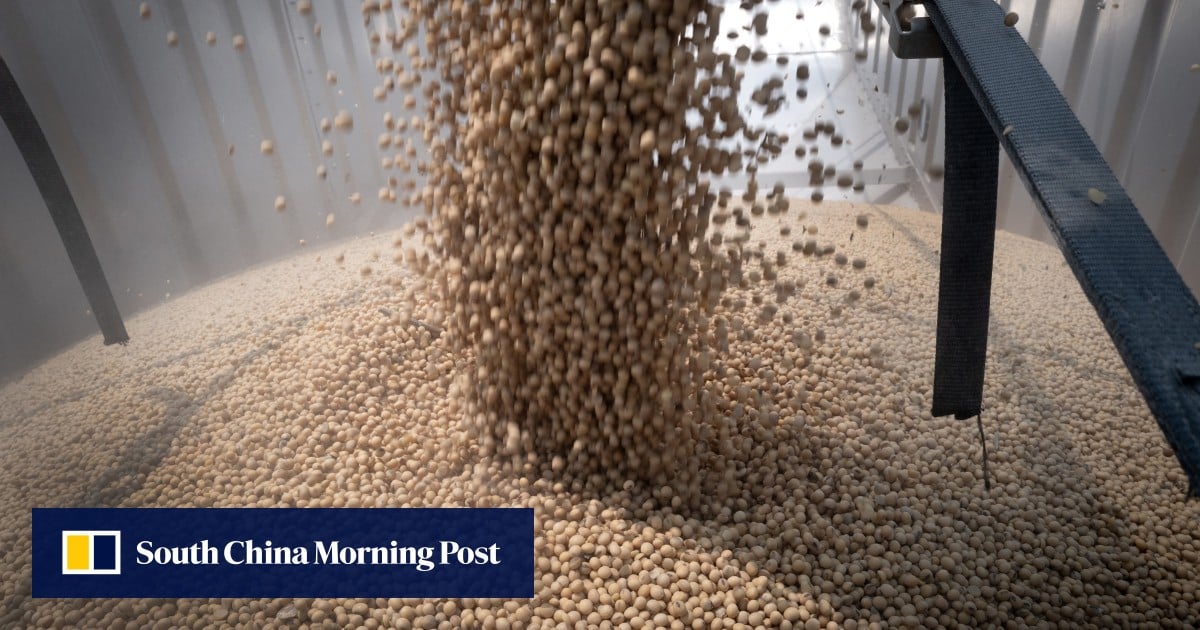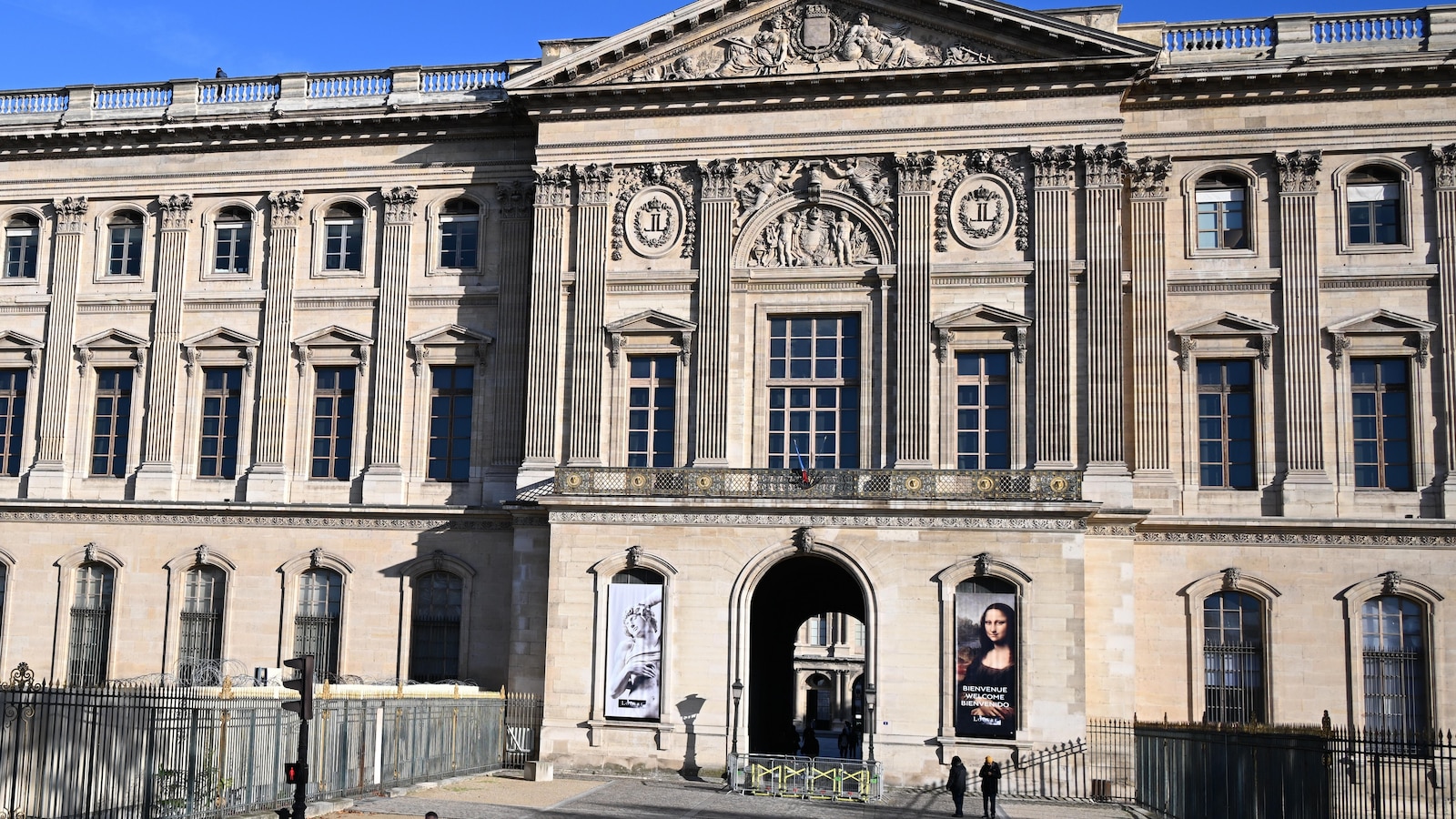The State of Income Inequality in the US: The shocking amount of wealth held by the Top 1% in 2025 – Diario AS

Report on U.S. Wealth Distribution and its Implications for Sustainable Development Goals
Introduction: Economic Disparity as a Barrier to SDG 10
An analysis of wealth distribution in the United States reveals significant economic inequality, a critical challenge to the achievement of Sustainable Development Goal 10 (Reduced Inequalities). Public perception often underestimates the true extent of this disparity, which has profound implications for social and economic policy and the broader sustainable development agenda.
Analysis of Wealth Distribution by Percentile
Data from the Federal Reserve as of 2025 illustrates a highly concentrated wealth structure, directly relevant to the targets of SDG 10 and SDG 1 (No Poverty).
- Bottom 50% of Households: This group, comprising approximately 66.1 million families, holds only 2.5% of the nation’s total wealth, equivalent to $4 trillion. This share has decreased from 3.48% in 1990, indicating a worsening of inequality over time.
- Top 50% of Households: In stark contrast, the wealthiest half of the population controls 97.5% of the country’s wealth.
Concentration of Wealth at the Top
The data further highlights extreme wealth concentration at the highest income levels, undermining progress towards inclusive economic systems as outlined in SDG 8 (Decent Work and Economic Growth).
- The Top 1%: The wealthiest 1.3 million families own 30.82% of total wealth, amounting to approximately $49 trillion. This is over 12 times the total wealth held by the entire bottom 50%.
- The Top 10%: Households in the 91st to 99th percentiles hold 36.43% of wealth. Combined with the top 1%, the top 10% of households collectively own nearly two-thirds of all national wealth.
- The “Upper Middle”: Households between the 51st and 90th percentiles hold 30.26% of the country’s wealth.
Implications for Sustainable Development Goals
The lopsided wealth distribution has direct consequences for several SDGs:
- SDG 10 (Reduced Inequalities): The data demonstrates a severe and growing gap between the wealthiest and the rest of the population, representing a fundamental failure to meet the goal of reducing inequality within the country. The average household wealth in the top 1% (approximately $37.4 million) versus the bottom 50% ($60,558) quantifies this immense gap.
- SDG 1 (No Poverty): While not a direct measure of poverty, the minimal wealth held by the bottom 50% indicates a lack of economic resilience and security, leaving millions of households vulnerable to economic shocks and perpetuating cycles of poverty.
- SDG 16 (Peace, Justice and Strong Institutions): Such extreme inequality can impact social cohesion and trust in institutions. Policy discussions regarding cuts to social spending disproportionately affect lower-wealth households, raising questions about equity and justice in governance.
-
Which SDGs are addressed or connected to the issues highlighted in the article?
SDG 10: Reduced Inequalities
- The entire article is dedicated to illustrating the scale of economic inequality within the United States. It provides specific data on the distribution of wealth, highlighting the “immensely lopsided economy” where the top 1% and 10% of households own a disproportionately large share of the nation’s wealth compared to the bottom 50%. This directly addresses the core mission of SDG 10, which is to reduce inequality within and among countries.
SDG 1: No Poverty
- While the article focuses on wealth inequality rather than absolute poverty, the two are intrinsically linked. The fact that the bottom 50% of households (approximately 66.1 million families) own only 2.5% of the total wealth indicates a significant level of economic vulnerability. The article’s closing statement about “why those at the bottom are often asked to make the greatest sacrifices” when social spending is cut connects the issue of wealth distribution to the economic well-being and security of the most vulnerable populations, which is a central concern of SDG 1.
-
What specific targets under those SDGs can be identified based on the article’s content?
Target 10.1: By 2030, progressively achieve and sustain income growth of the bottom 40 per cent of the population at a rate higher than the national average.
- Although the target specifically mentions income, the principle applies directly to the article’s discussion of wealth. The article provides a clear measure of the economic standing of the bottom 50% of households. It notes that their share of wealth has actually fallen from 3.48% in 1990 to 2.5% in 2025, indicating a negative trend and moving away from the goal of progressively achieving and sustaining growth for this segment of the population.
Target 10.2: By 2030, empower and promote the social, economic and political inclusion of all, irrespective of… economic or other status.
- The extreme concentration of wealth at the top, as detailed in the article, is a direct measure of economic exclusion for the majority. The statistic that the “top 10% of households collectively own nearly two-thirds of all wealth” while the bottom 50% own just 2.5% demonstrates a profound lack of economic inclusion for a vast portion of the population.
-
Are there any indicators mentioned or implied in the article that can be used to measure progress towards the identified targets?
Wealth Distribution Shares
- The article provides several explicit indicators that measure wealth distribution. These can be used to track progress towards reducing inequality.
- Percentage of total wealth held by the bottom 50% of households: The article states this is 2.5% ($4 trillion out of $160 trillion).
- Percentage of total wealth held by the top 1% of households: The article identifies this as 30.82% ($49 trillion).
- Percentage of total wealth held by the top 10% of households: The article calculates this as “nearly two-thirds of all wealth” by combining the shares of the 91st-99th percentiles (36.43%) and the top 1% (30.82%).
Wealth Concentration Ratios
- The article implies and directly states ratios that serve as powerful indicators of inequality.
- Ratio of wealth held by the top 1% to the bottom 50%: The article explicitly states that the amount held by the top 1% is “12 times greater than what the bottom 50% holds.” This ratio is a direct indicator of the wealth gap.
Per-Household Wealth Averages
- The article calculates the average wealth per household within different brackets, which serves as another indicator of the economic disparity.
- Average wealth per household in the bottom 50%: Calculated as $60,558.34.
- Average wealth per household in the top 1%: Calculated as $37,355,038.77.
- The article provides several explicit indicators that measure wealth distribution. These can be used to track progress towards reducing inequality.
-
Create a table with three columns titled ‘SDGs, Targets and Indicators’ to present the findings from analyzing the article.
SDGs Targets Indicators SDG 10: Reduced Inequalities Target 10.1: Progressively achieve and sustain income/wealth growth of the bottom 40/50 per cent of the population. - Share of total national wealth held by the bottom 50% of households (currently 2.5%).
- Historical trend of wealth share for the bottom 50% (decreased from 3.48% in 1990).
SDG 10: Reduced Inequalities Target 10.2: Promote the economic inclusion of all. - Share of total national wealth held by the top 1% (30.82%).
- Share of total national wealth held by the top 10% (approx. 67.25%).
- Ratio of wealth held by the top 1% compared to the bottom 50% (12 times greater).
- Average wealth per household in the top 1% ($37,355,038.77) vs. the bottom 50% ($60,558.34).
Source: en.as.com

What is Your Reaction?
 Like
0
Like
0
 Dislike
0
Dislike
0
 Love
0
Love
0
 Funny
0
Funny
0
 Angry
0
Angry
0
 Sad
0
Sad
0
 Wow
0
Wow
0




















































.jpg.webp?itok=0ZsAnae9#)



























